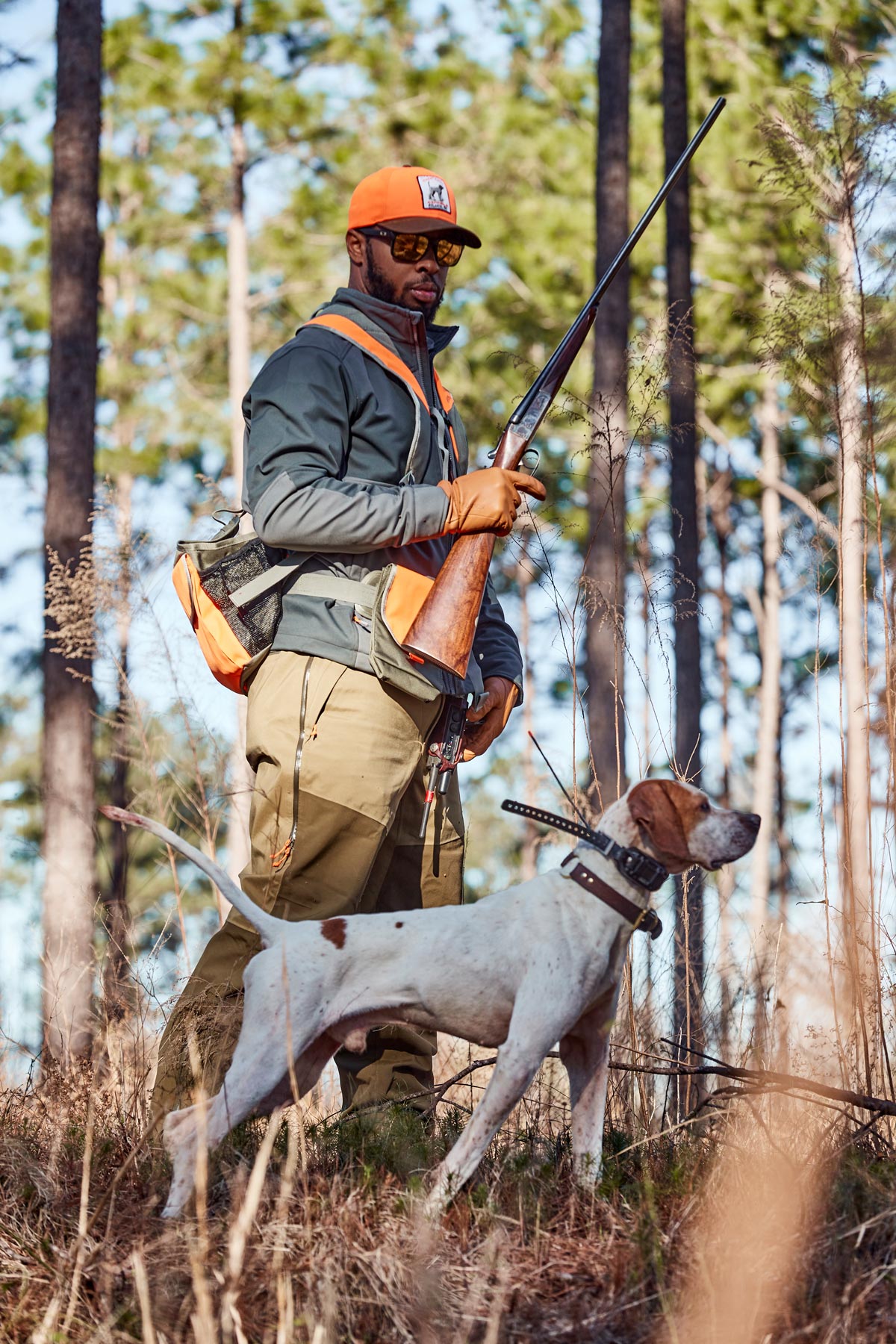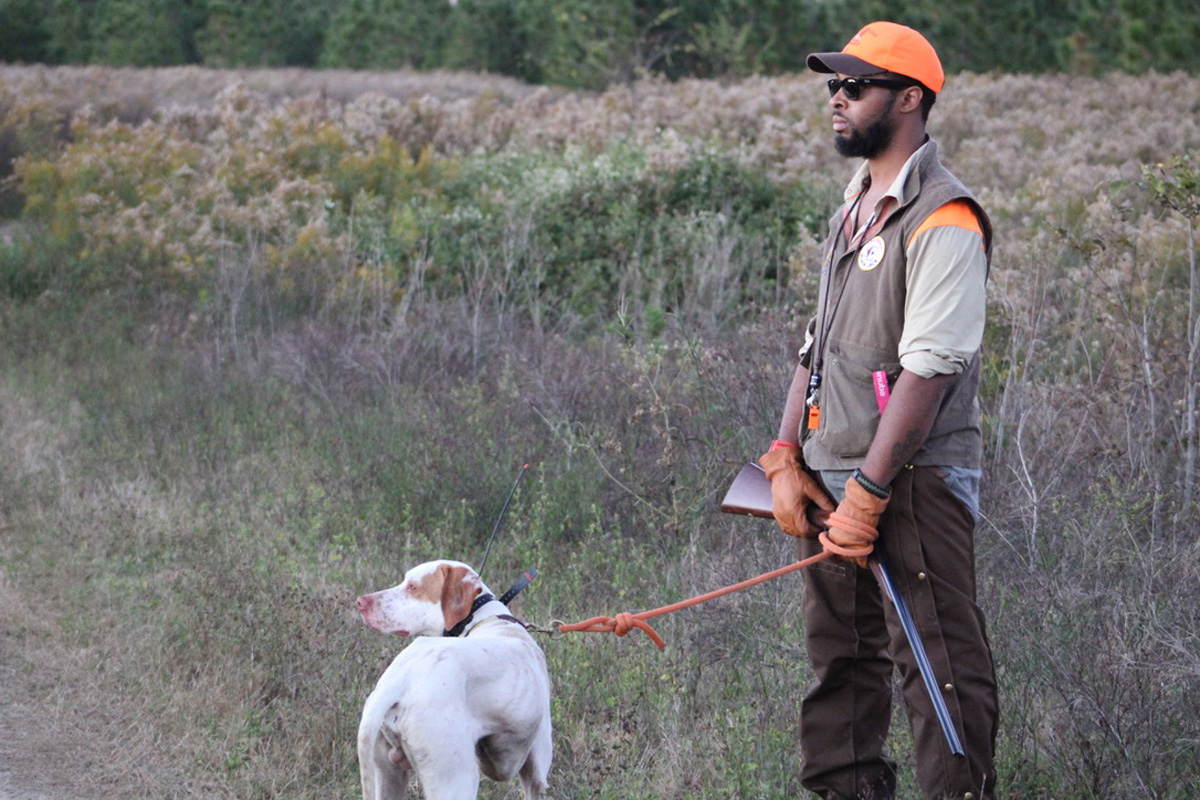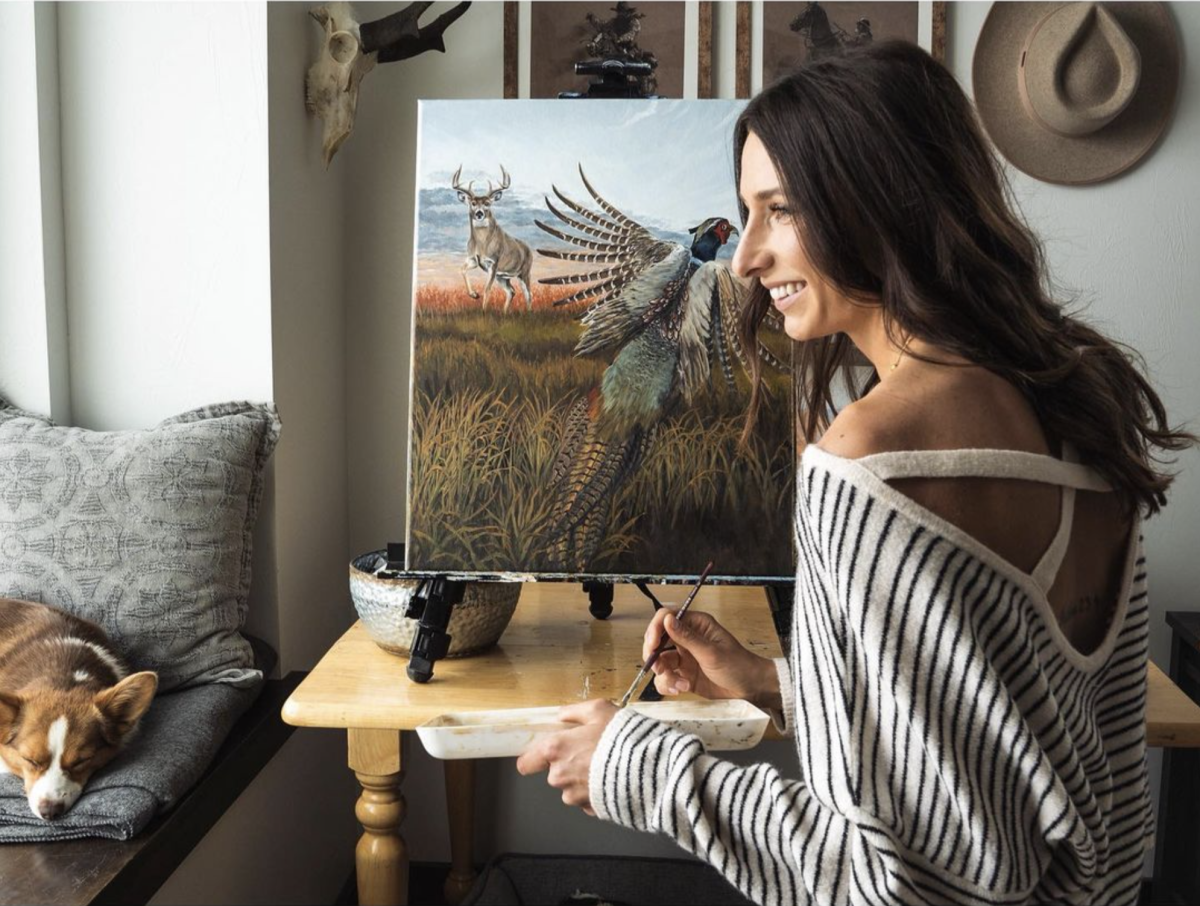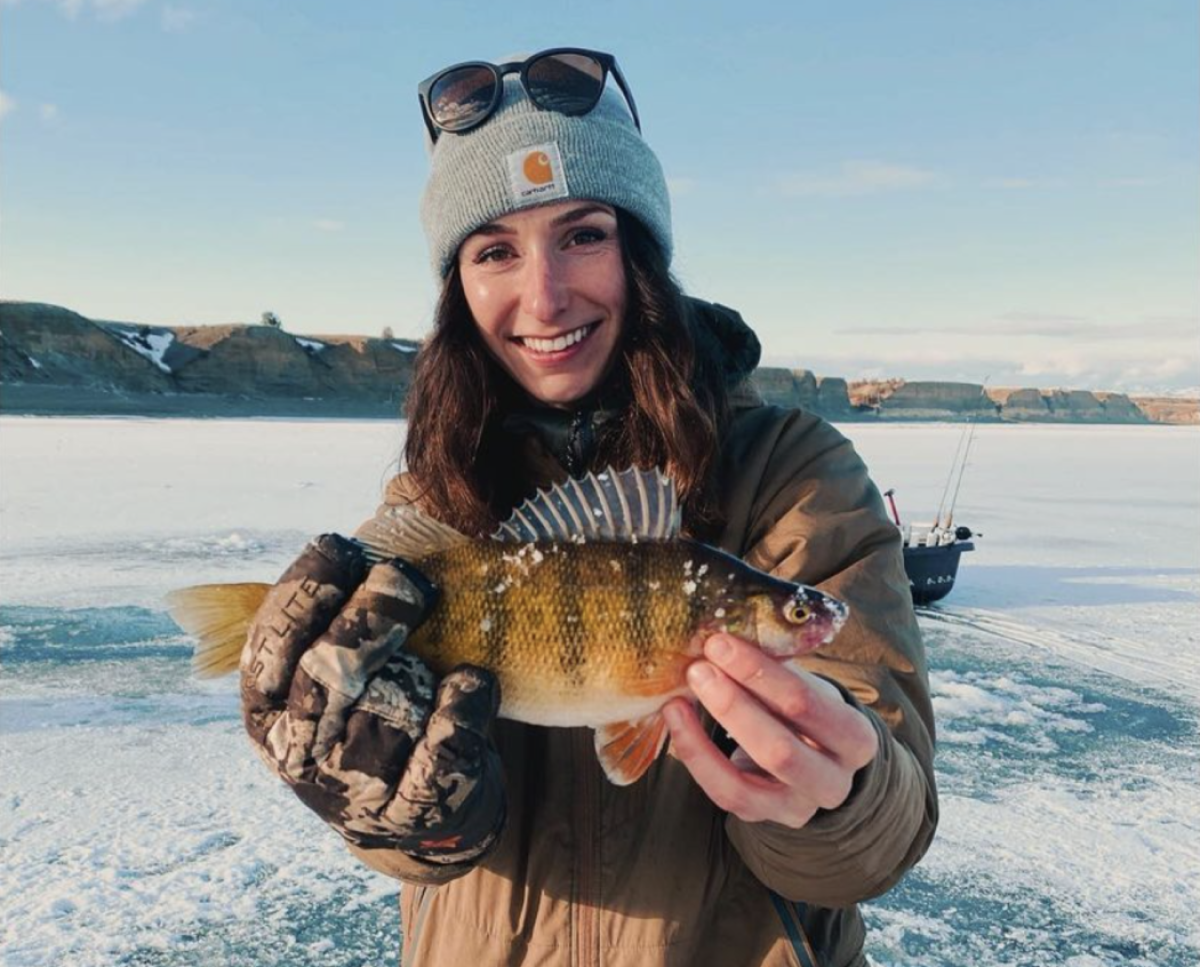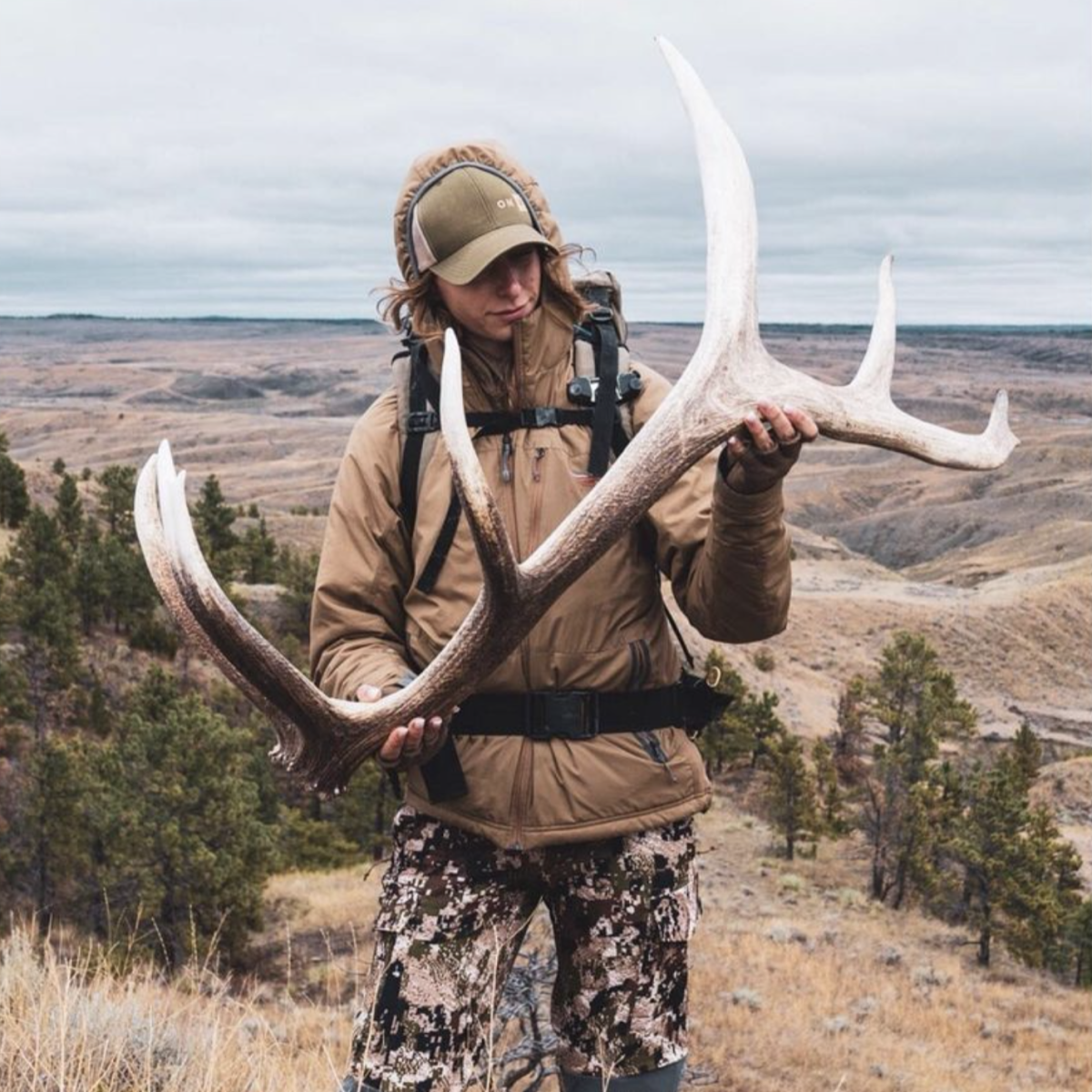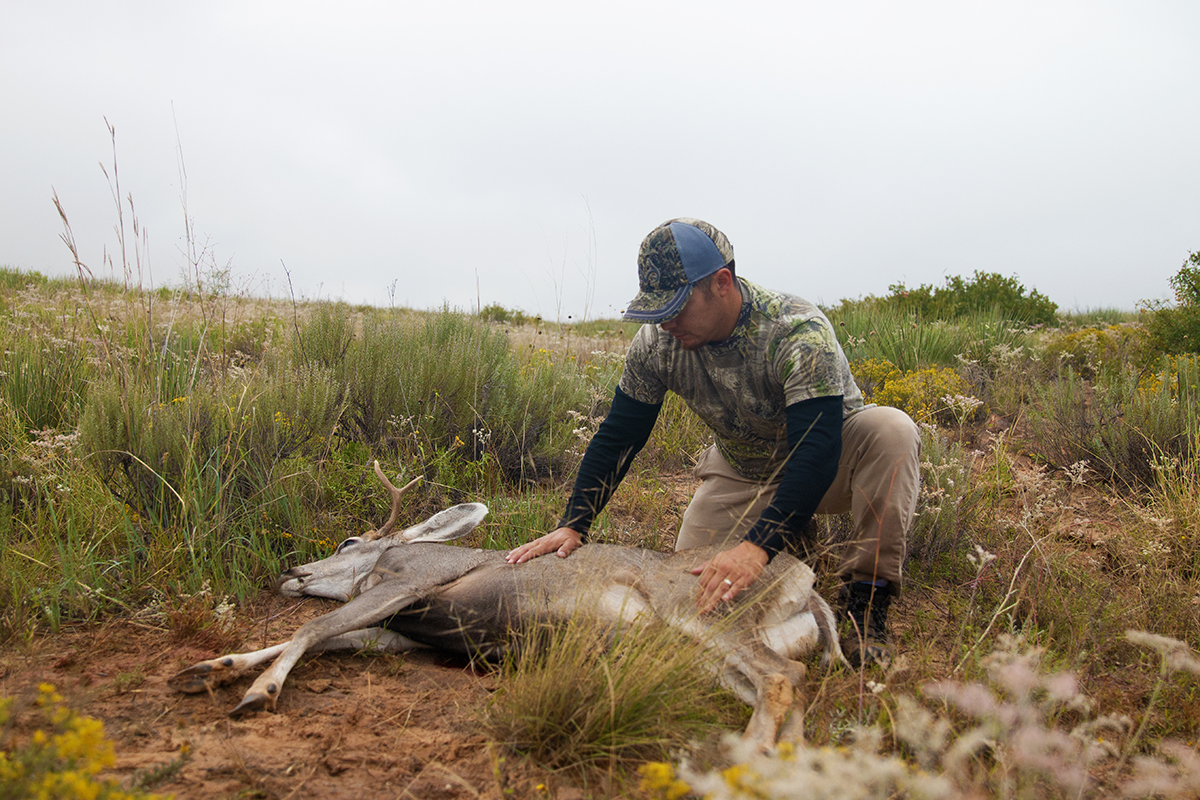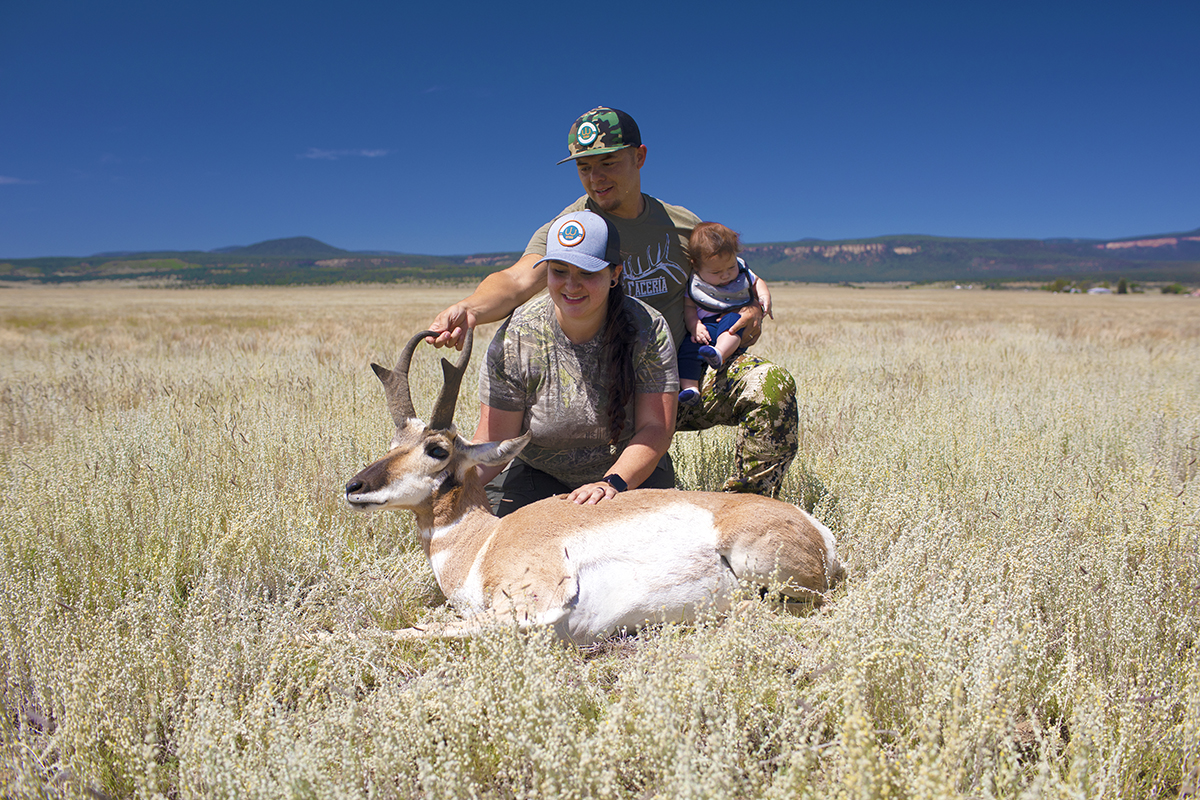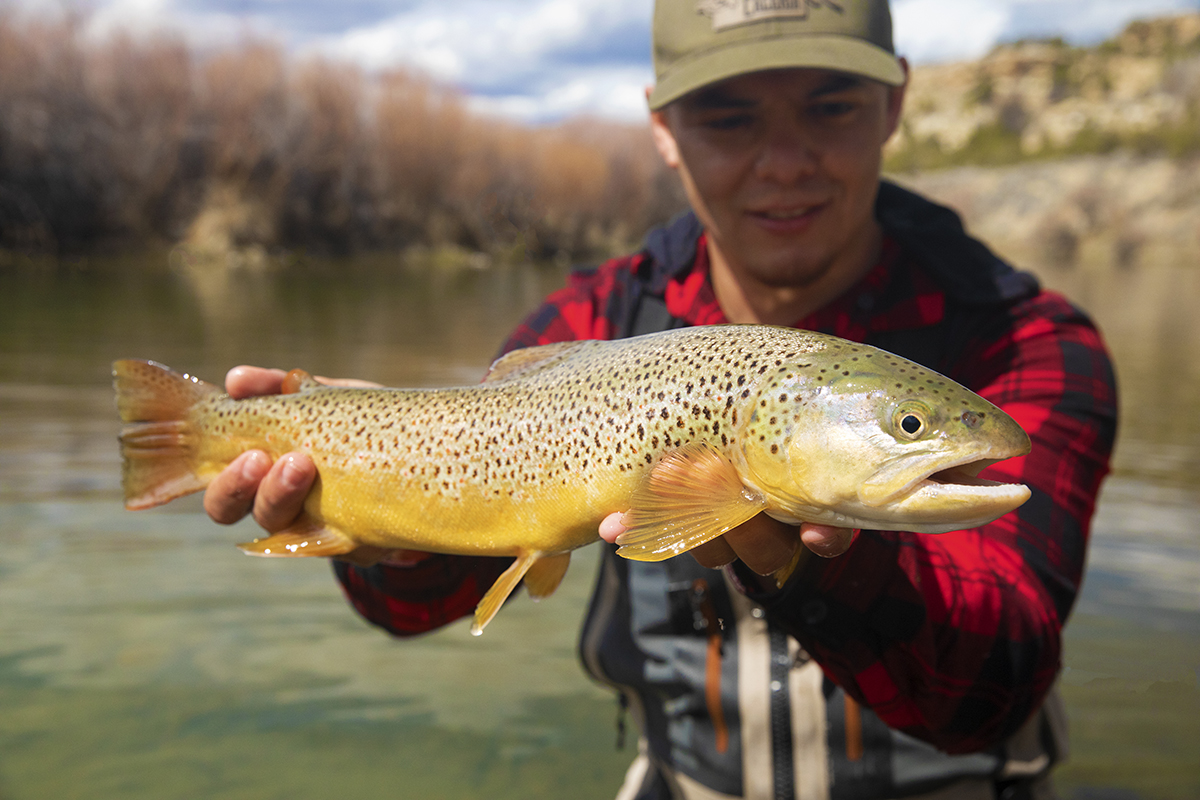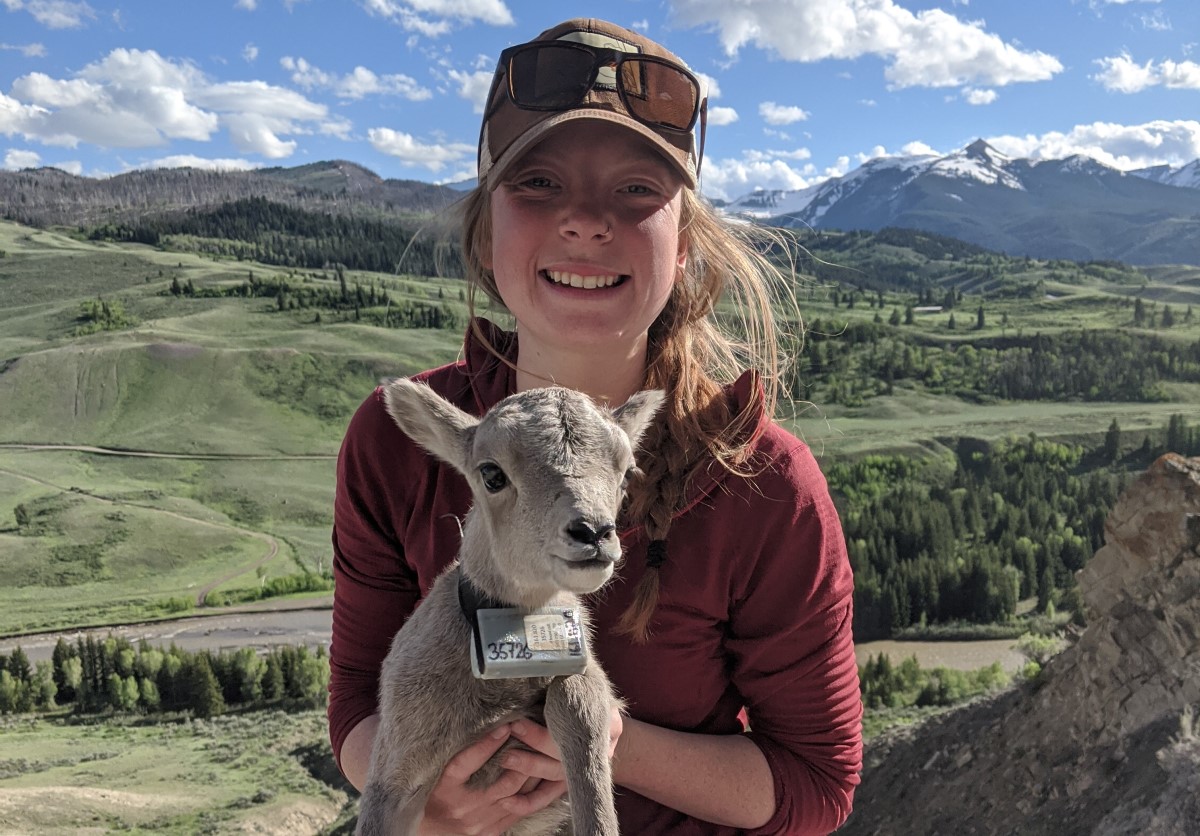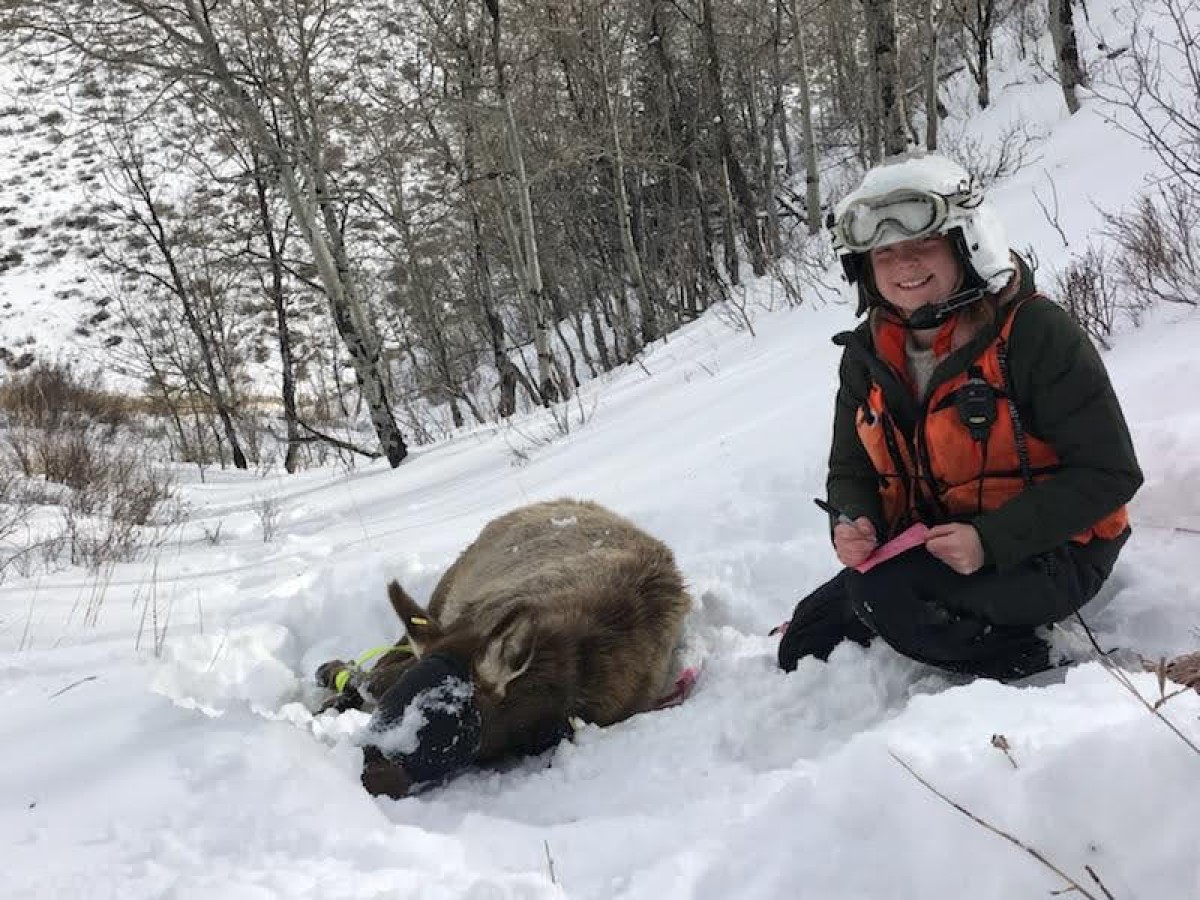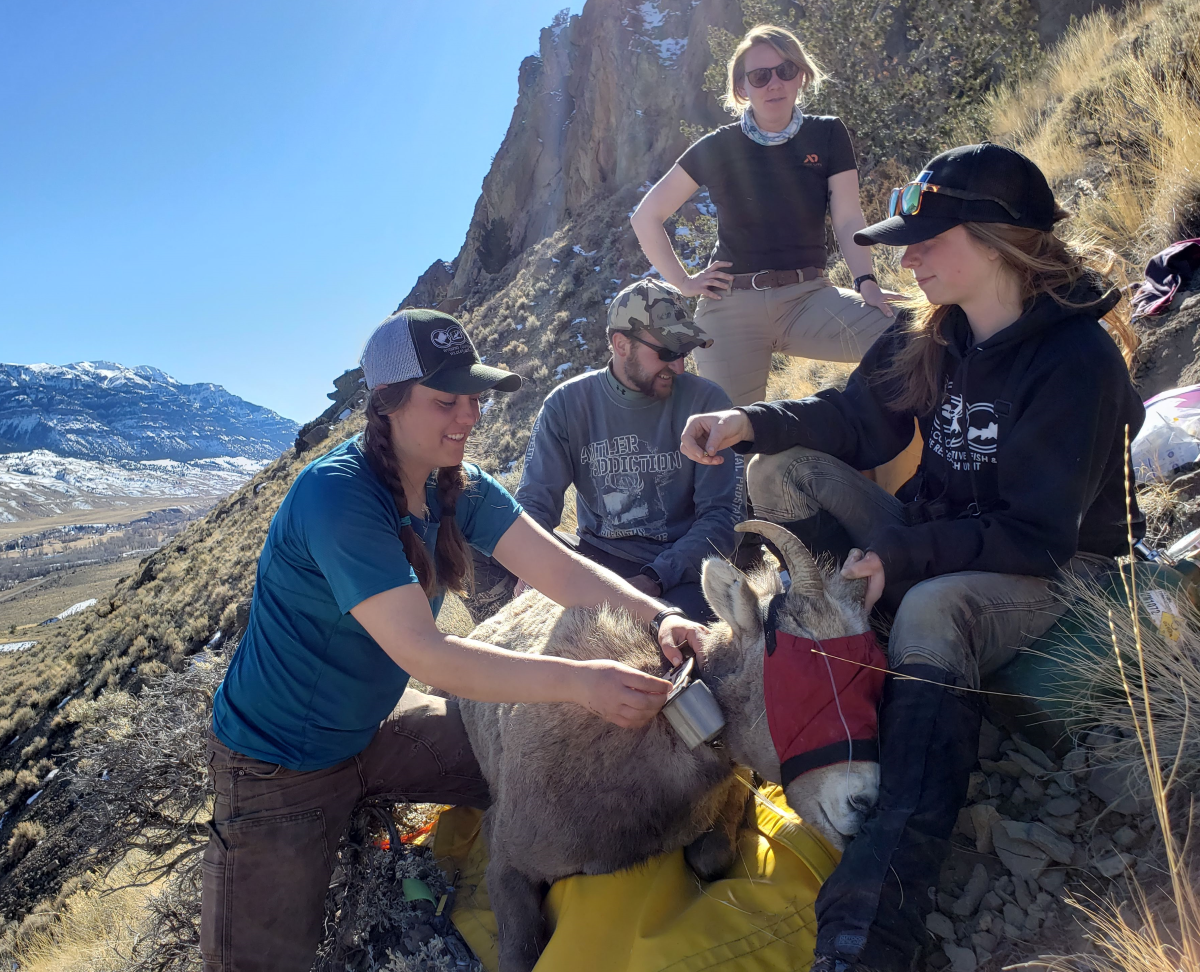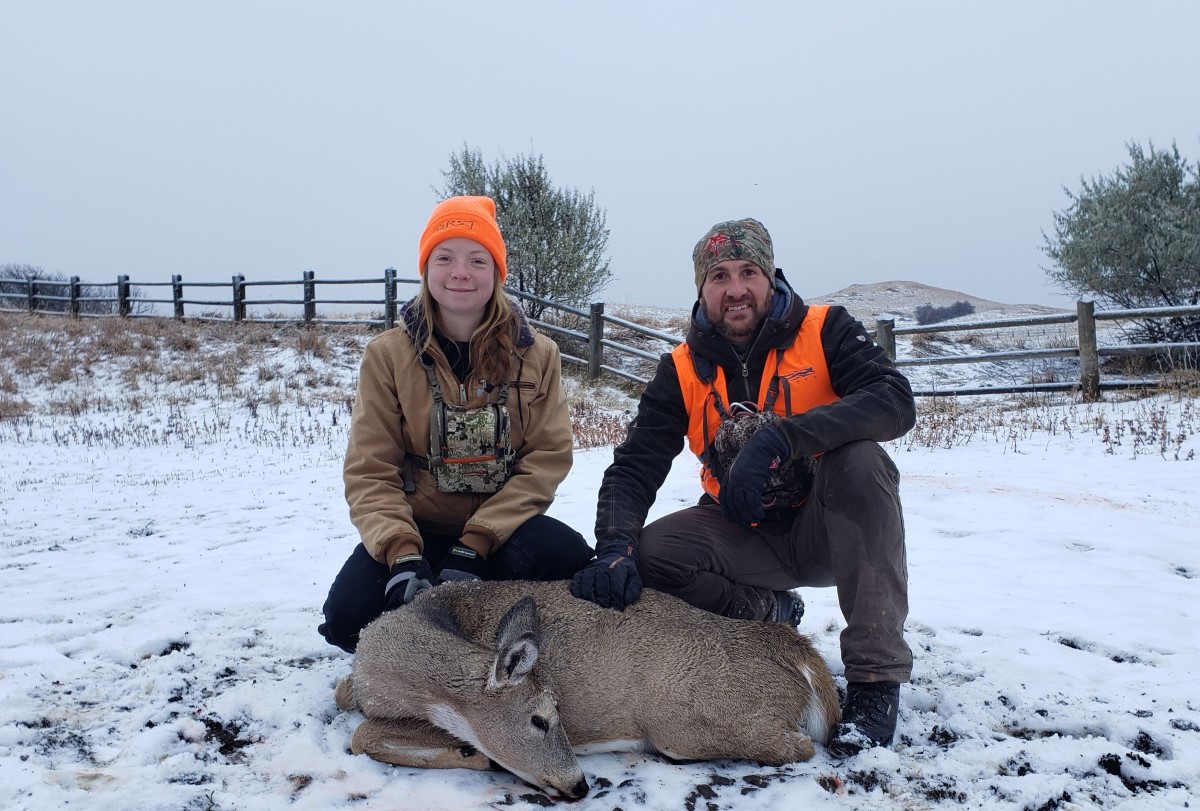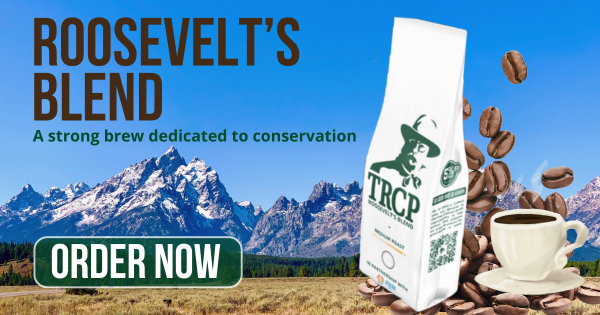TRCP’s “In the Arena” series highlights the individual voices of hunters and anglers who, as Theodore Roosevelt so famously said, strive valiantly in the worthy cause of conservation.
Bjorn Dihle
Hometown: Juneau, Alaska
Occupation: Wildlife film guide and writer
Conservation credentials: Speaking up for the Tongass National Forest
Bjorn Dihle is a lifelong Southeast Alaskan whose world revolves around the incredible habitat and fish and wildlife resources of the region. As a wildlife guide and writer, he knows how fortunate he has been to enjoy the wild backcountry of the Tongass National Forest, a legacy that he hopes to pass on to his young sons one day. As a result, Dihle has been an outspoken advocate on behalf of the balanced management of the nation’s largest national forest, working to see a reinstated Roadless Rule safeguard more than 9.2 million acres of undeveloped habitat.
Bjorn’s latest book, A Shape in the Dark, is a fascinating and memorable tribute to brown bears. Outside Magazine, which describes it as “part history, part adventure narrative,” named it one of its best books of 2021. Purchase on Amazon Smile to build your conservation library while supporting TRCP’s work.
Here is his story:
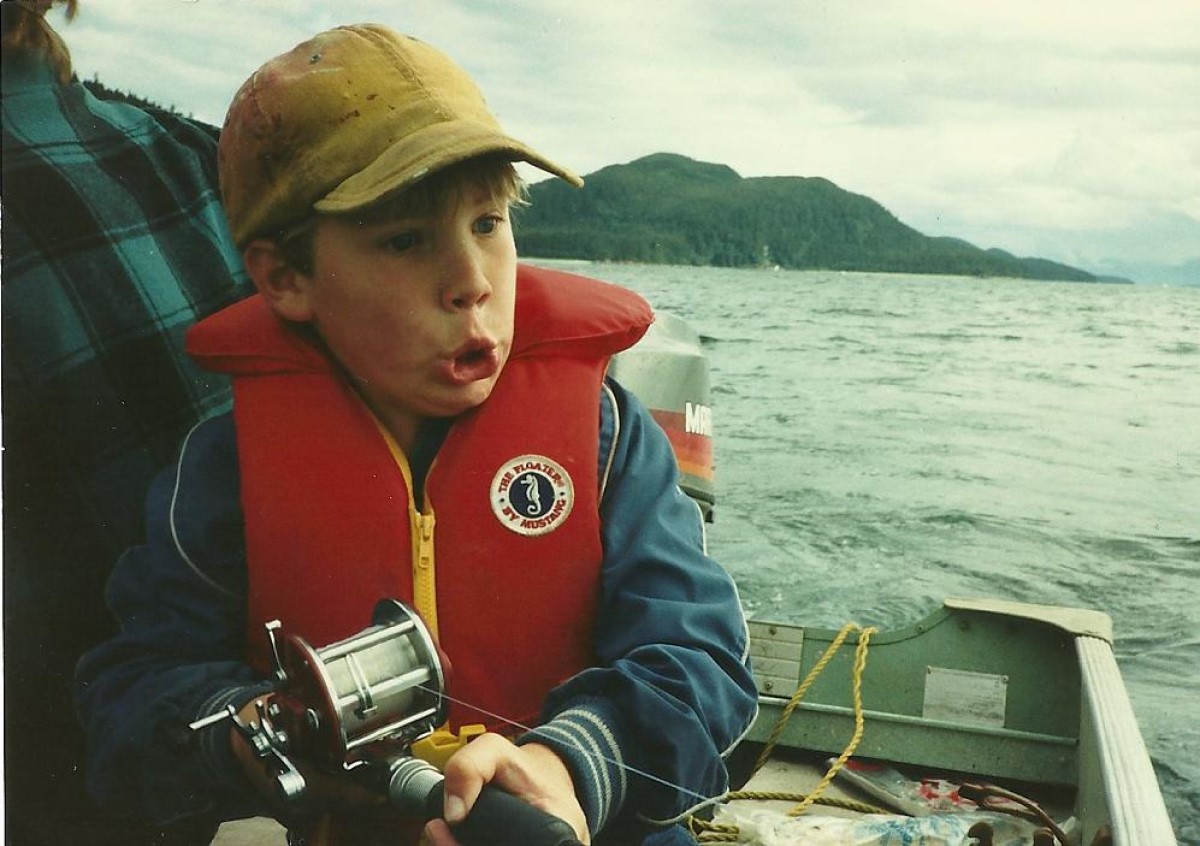
My dad and my mom moved from California to Alaska when they were in their early twenties. Dad wanted to hunt, fish, and experience the wild country of the Tongass National Forest. My two brothers and I grew up listening to his stories and following him around in the woods. He untangled countless yards of our fishing line and we spooked who knows how many deer during our early “hunts” with him. He bought each of us our first big game rifle. Just as important, he instilled a reverence for wild places and animals in us that still guides me today.
I could probably only hunt Southeast Alaska for the rest of my life and be happy. Sitka blacktail is my favorite meat and an August alpine deer hunt is darn near impossible to beat. I love caribou and sheep country up in interior and northern Alaska, but I’m happy to wander there without a rifle. I was lucky enough to be born and live where I am.
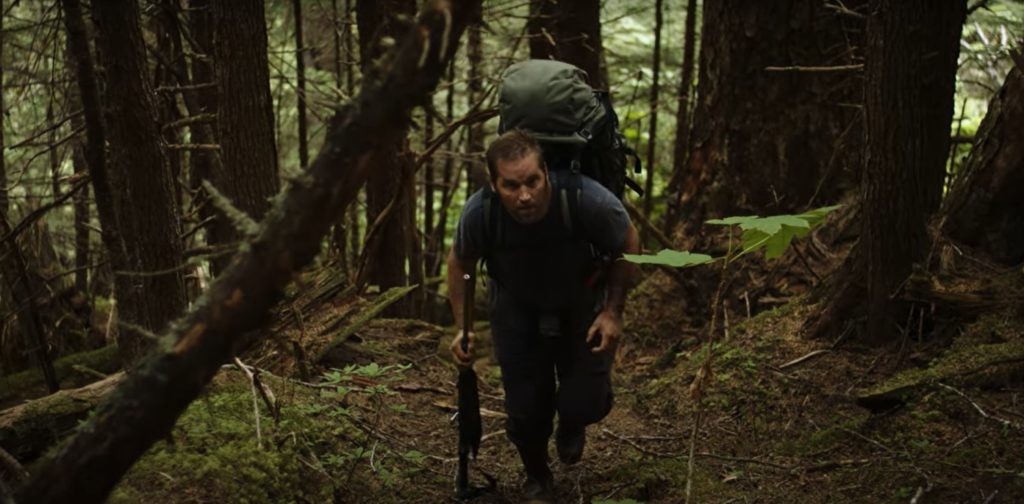
One of my most memorable experiences outdoors occurred on Chichagof Island, where during a late spring evening I counted 35 brown bears feeding in one watershed. There were a fair amount of Sitka blacktails, too. In the 1980s, the Forest Service had wanted to clearcut this area and surrounding mountains. Biologists, hunters, and people who care about wild places fought hard and ended up saving the watershed. Watching all those bears go about their business, surrounded by mountains covered in old growth forest, was a good reminder that we can save the wild places we love if we’re willing to stand up and fight.
Conservation is the only reason that I’m able to live the life that I do. My income mostly comes from guiding natural history film crews, primarily after brown bears, but occasionally I get to work with other wildlife, like wolves and moose. The meat my family eats is basically all wild, with deer and salmon making up the lion’s share. Deer, salmon, brown bears, and the whole Southeast Alaska ecosystem are tied to healthy habitat. And here, old growth forest is the most ecologically valuable habitat. Protecting old growth forest from being clearcut and trying to keep our salmon fisheries productive is key to preserving my lifestyle.

We need to reinstate the Roadless Rule and halt industrial clearcut logging of old growth in the Tongass. We also need to support the Southeast Alaska Sustainability Strategy and long-term protections for the Tongass’s remaining old growth. There’s also a stampede of gigantic open-pit mines being built in British Columbia on rivers shared with Southeast Alaska—these waterways also provide critical spawning habitat for our salmon. Runs are already becoming depleted in the region, and if we lose salmon, we will lose an integral part of the ecosystem.
My food, income, and health all come from wildlife and good habitat. I have two sons—a baby and a two-and-a-half-year-old self-described “big boy man.” I really want those boys and future generations to have similar opportunities to live, work, and hunt the way I do. When my boys are men, I want them to be able to fill their freezers with venison and salmon. I want salmon runs flooding our streams, brown bears trudging ancient trails beneath giant trees, and plenty of deer in the forest. Without those things, Southeast Alaska just wouldn’t be the same.
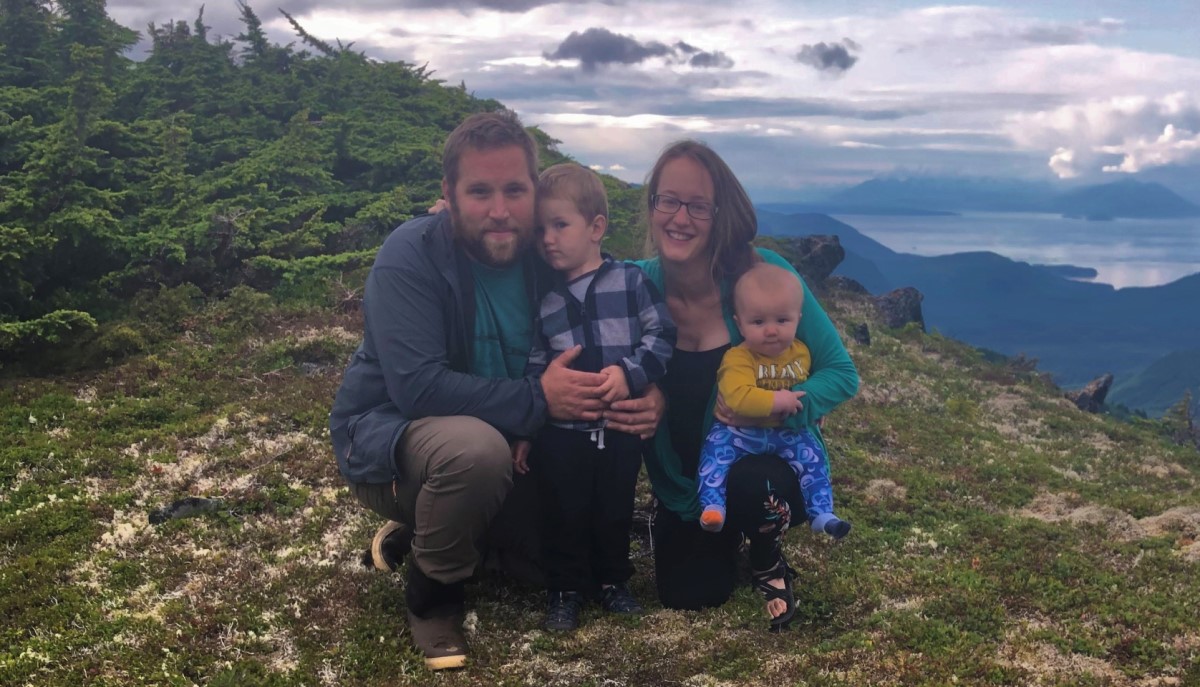
Facebook profile: @BjornDihleauthor
Instagram handle: @bjorndihle

